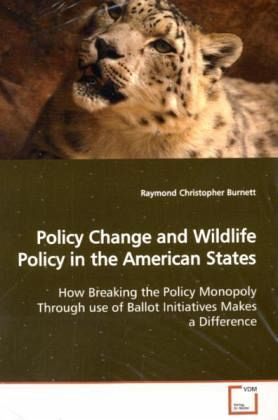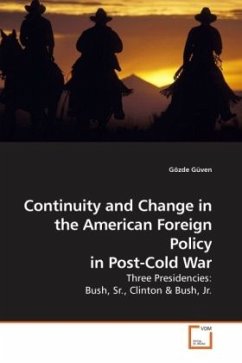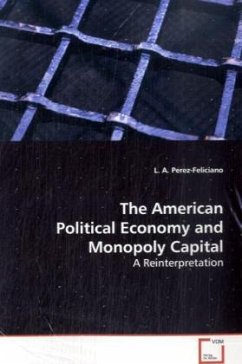
Policy Change and Wildlife Policy in the American States
How Breaking the Policy Monopoly Through use of Ballot Initiatives Makes a Difference
Versandkostenfrei!
Versandfertig in 6-10 Tagen
45,99 €
inkl. MwSt.

PAYBACK Punkte
23 °P sammeln!
In the wildlife policy arena, ballot initiatives have been used increasingly over the past two decades to wrest control of policy from legislators and bureaucrats. This trend has led to dramatic changes in policy as professionals are forced to adapt to changing political winds and accept the growing role of the public in setting policy. This book examines the effectiveness of a model of policy change developed in the early 1990s by two political scientists, Frank R. Baumgartner and Bryan D. Jones, to explain how the growing use of ballot initiatives has had a dramatic effect on wildlife policy...
In the wildlife policy arena, ballot initiatives
have been used increasingly over the past two
decades to wrest control of policy from legislators
and bureaucrats. This trend has led to dramatic
changes in policy as professionals are forced to
adapt to changing political winds and accept the
growing role of the public in setting policy. This
book examines the effectiveness of a model of policy
change developed in the early 1990s by two political
scientists, Frank R. Baumgartner and Bryan D. Jones,
to explain how the growing use of ballot initiatives
has had a dramatic effect on wildlife policy. Three
case studies involving hunting policy are examined.
One examines mourning dove hunting in Ohio, the
second examines mountain lion hunting in California,
and the third examines black bear hunting in
Colorado. The author finds that breaking the policy
monopoly of wildlife agencies and hunting groups can
be surprisingly easy once the public is mobilized.
The initiative plays a key role in this
mobilization. However, the hunting establishment can
fight back and win if it controls the advertising
message and has superior financial resources.
have been used increasingly over the past two
decades to wrest control of policy from legislators
and bureaucrats. This trend has led to dramatic
changes in policy as professionals are forced to
adapt to changing political winds and accept the
growing role of the public in setting policy. This
book examines the effectiveness of a model of policy
change developed in the early 1990s by two political
scientists, Frank R. Baumgartner and Bryan D. Jones,
to explain how the growing use of ballot initiatives
has had a dramatic effect on wildlife policy. Three
case studies involving hunting policy are examined.
One examines mourning dove hunting in Ohio, the
second examines mountain lion hunting in California,
and the third examines black bear hunting in
Colorado. The author finds that breaking the policy
monopoly of wildlife agencies and hunting groups can
be surprisingly easy once the public is mobilized.
The initiative plays a key role in this
mobilization. However, the hunting establishment can
fight back and win if it controls the advertising
message and has superior financial resources.












